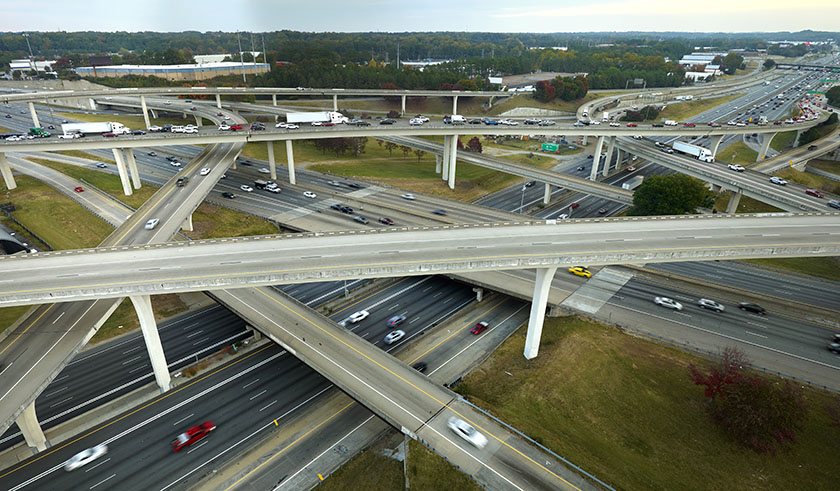Traffic patterns: Tomorrow’s commute won’t be like yesterday’s
We’ve seen that miles-driven returned to pre-pandemic levels for a few months now. But, driving just as much doesn’t mean driving in the same way. Today’s commute doesn’t look like the classic nine to five that we once knew, and the way people commute will continue to change.
The return to office has major implications for traffic patterns and much more. Don’t be confused by recent headlines of companies pushing for the traditional work-from-office model. There will be just as many companies adopting more flexible structures as employees have proven a desire and ability to function remotely.
Driving trends: A shifting commute
In a world with more fully or partially remote workers, signals in data from Arity’s Hindsight 2020 Report underscore the nuances of the commute as it is now—and as it will be. While miles driven have returned to prior levels, the way people are using their cars is different.
- Peak travel times: Historical rush-hour windows are not as congested, and the frequency of trips taken on late weekend nights is still significantly fewer. In fact, midday trips during the week have increased the most.
- Aggressive driving behaviors: Aggressive acceleration and braking trended downward, suggesting that the decrease in driving during historical peak commuting times may be allowing people to travel in a more leisurely manner.
- Extreme speeding: Speeding increased on average. Through most of 2020, there were increased instances of extreme speeding greater than 80 mph.
- Distracted Driving Results in Collisions: Distracted driving continues to plague roads. Arity’s latest data shows one in four drivers use their phones nearly five times an hour, making them 70% more likely to be in a collision than the average driver. And at extreme speeds, collisions are far more damaging.
Expect changes in traffic patterns, roadway safety, advertising segments, auto insurance needs, and more
As companies adopt policies that include remote work days, small shifts of driving patterns can have meaningful impacts on things like miles driven, frequency of collisions, and much more.
- Shorter commutes, expanded communities: While some cities may see less rush-hour congestion, congestion outside of city centers could increase as commutes become shorter. However, there are more mid-day trips as people leverage the flexibility in their new work hours. At the same time, community services in these exurban areas could, in turn, expand to accommodate the influx of residents and put pressure on critical infrastructure.
- Roadway maintenance funding challenges: As people make fewer trips to the office, infrastructure is top of mind for city planners, but the trucking industry continues to be relied upon, and does the lion’s share of damage to roadways. If municipalities see less revenue from gas taxes, those infrastructure projects may need new revenue sources to get completed.
- More niche times to advertise: Pre-pandemic advertisers targeted commuters during morning and evening rush hour, and the nearly $15 billion radio ad industry was just a portion of it. Without that old cadence, advertisers now must turn to more sophisticated targeting insights to understand where consumers are and when. They’ll need to segment consumers into more niche audiences like midday drivers, overnight shifters, or Monday remoters.
- Longer car life expectancies, more severe collisions: Cars driven with less aggressive braking and accelerating will have longer life expectancies. However, the increase in extreme speeds and frequently distracted driving behavior means collisions are more severe, totaling cars more often and making repairs more complicated. Insurers will need more sophisticated methods for accurately pricing insurance based on actual driving behaviors, and after-market auto-shops can look at collision data to prepare for service requests.
As we look at these commute elements there are, of course, some unknowns. As people return to the office, keep an eye out for reactions as people get reacquainted with their commutes. Will they feel they are wasting time in traffic and change when, or how often, they commute? Or will we return to our pre-pandemic commutes? Will the late night trips return to prior levels, or will there be a more permanent shift towards evenings at home, since now we’ve all perfected our homemade pizza with that new pizza oven. As always, signals in the data will show us the answer.
If you’re interested in leveraging Arity’s mobility data and analytics to tap into the future of the commute, we would love to partner with you.

